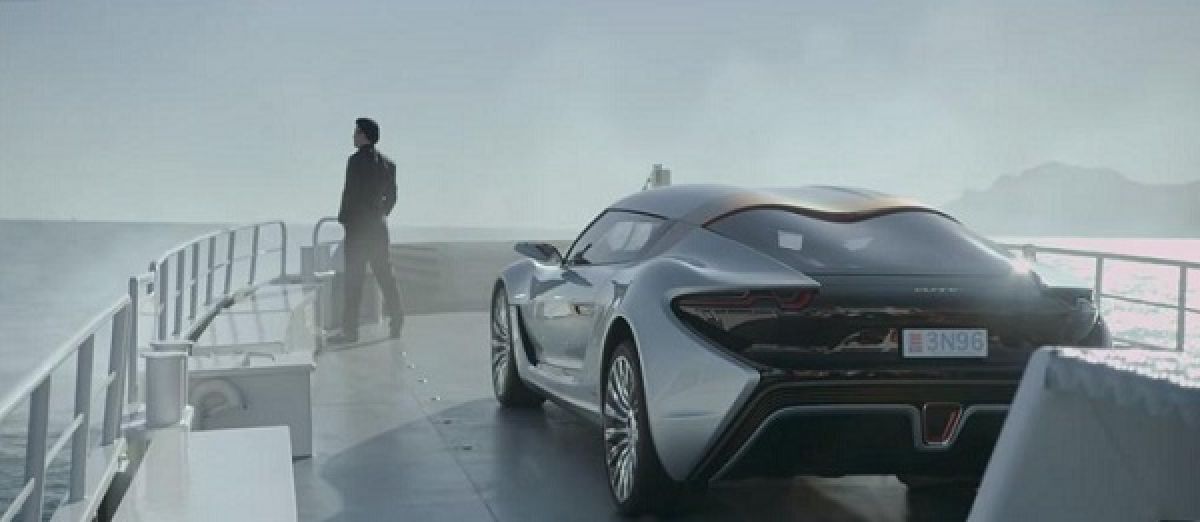Electric vehicle advocates are always looking for that revolutionary new battery technology that will at last bring about a full-scale electric takeover of the auto industry. Most promising advancements never amount to anything, but the hope remains.
A German partnership of nanoFLOWCELL AG and Quant thinks it has the answer, and now their masterpiece will progress beyond mere simulations to the real world.
The scintillating Quant e-Sportlimousine made its debut at the Geneva Motor Show in March. It is a drop-dead gorgeous prototype vehicle that is powered by an intriguing cross between batteries and fuel cells.
Who says there has to be a debate between the two technologies? Quant’s nanoFLOWCELL technology borrows characteristics of each.
How a flow cell works
The concept of flow cells itself is not new. In essence, the system works by storing liquid electrolytes in two side-by-side tanks, one positively charged and one negatively. As the liquids are circulated, they come together across a membrane separating the two solutions that is just porous enough to allow passage of electrons. Electricity is generated as a result of the ion exchange between the liquid anode and liquid cathode.
Jaw-dropping performance claims
The result is rather astonishing. The e-Sportlimousine claims a driving range of 372 miles (actually, “projected” range of 248 to 372 miles) with jaw-dropping performance characteristics.
The car will rocket to 60 mph in 2.8 seconds thanks to four induction motors generating a total peak power of 912 hp and peak torque of 2,138 lb-ft at each wheel. Top speed is claimed to be 236 mph.
The prototype’s flow cell boasts a capacity of 120 kWh, which puts the Tesla Model S and its 85-kWh battery to shame. It needs the excess capacity to achieve a 372-mile range because the vehicle weighs over 5,000 pounds with full tanks and claims efficiency comparable to EVs at 322 Wh/mile.
All these numbers are based on simulations, though, which is one reason why the on-road testing is an important phase.
It remains to be seen what will become of flow-cell technology. Clearance for road testing is a significant achievement for the concept, but Quant has not clarified how the flow cell may be recharged. As always, cost and scalability will be the largest hurdles. So yes, it is another exciting development in the world of EV technologies, but most “breakthroughs” never see production. In short, don’t hold your breath waiting for the flow cell to become reality.






Comments
Nano Flowcell is the answer
Permalink
Nano Flowcell is the answer to auto, power storage and all transportation.
If you are looking to buy the
Permalink
If you are looking to buy the flare wall-mounted electric powered fireplace then you need pick one out of the choices by yourself.